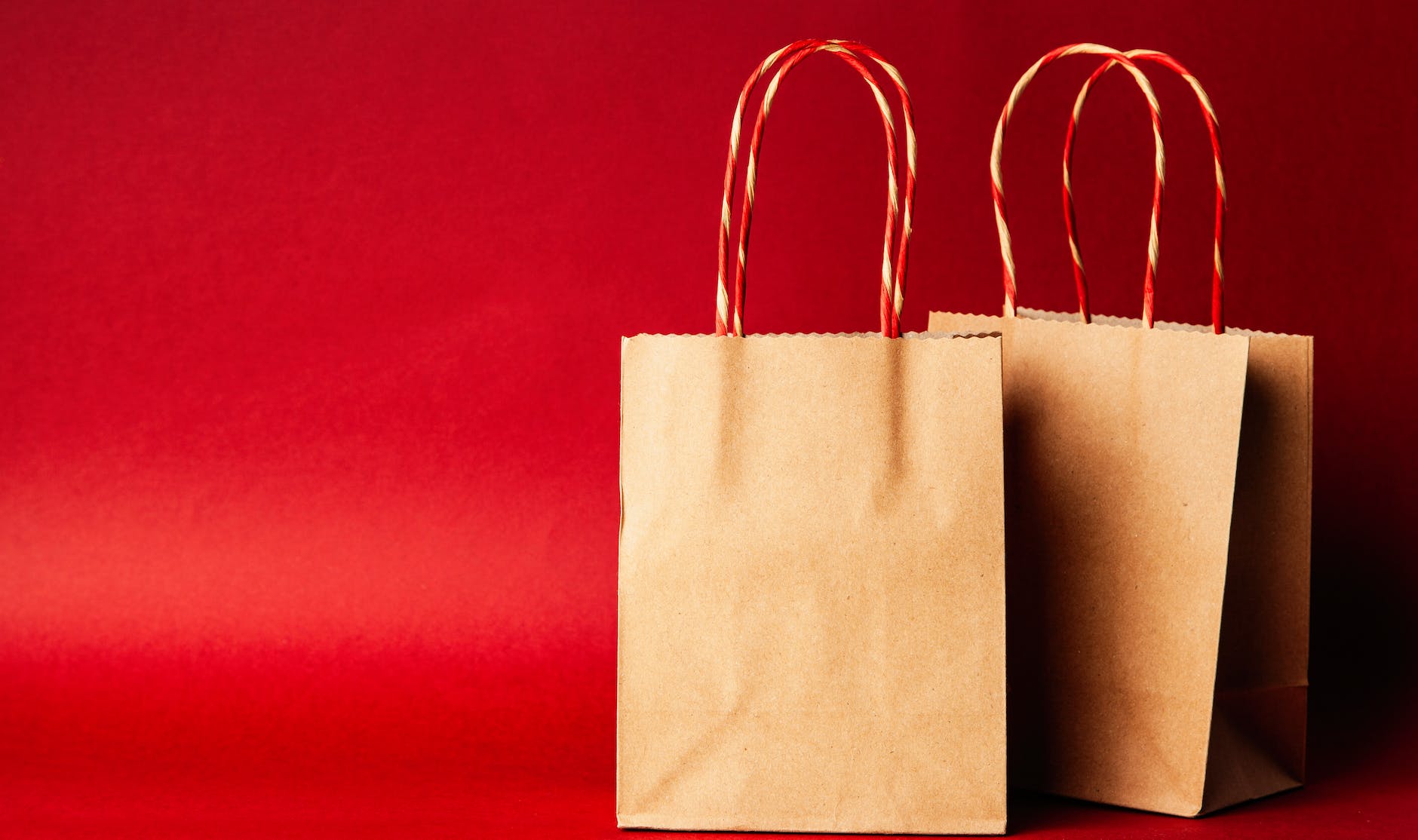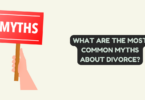
Role Of Good Packaging In Branding & Selling
According to recent figures, the global packaging market is expected to reach $1.05 trillion by 2024, with a compound annual growth rate of 3.5%. The numbers indicate that packaging is a booming industry, and businesses are prioritizing packaging more than ever.
But why is packaging so important? When walking down a supermarket aisle or browsing an online store, what catches your eye first? Most likely, the packaging design stands out from the rest.
To give you a better idea, we will explore the significance of packaging selling and branding in this blog. Keep reading to come to terms with interesting insights:
Adaptability To Changing Trends
Customer preferences keep changing with time. Companies that stay ahead of the curve and incorporate the latest trends into their operations stand out and thrive.
On the other hand, businesses that refuse to change their style and continue to cling to outdated trends are left in the dust. Guess what? Packaging enables you to keep up with the changing marketing trends.
We all know that sustainability is no longer just a buzzword, but a movement. Using eco-friendly packaging materials like large non woven shopping tote bags, you show your customers that your business is committed to the cause while appealing to their eco-conscious side.
The demand for convenience is another trend that packaging can easily adapt to. Whether single-serve packages or resealable pouches, packaging that makes life easier for busy consumers is a surefire way to win their hearts and wallets.
Before deciding on the packaging style, you must consider a few aspects to make the most of it. Your target audience is one of the most important factors to consider when choosing a packaging trend. Who are they? What do they value? What developments are they following?
By understanding your audience, you can select packaging that resonates with them.
Once you have selected a packaging trend, test it with a small proportion of your customers and gather feedback. Use this feedback to iterate and improve your packaging.
Fostering Brand Consistency
Picture this: you have been scrolling through your Instagram feed, and suddenly, a post from your favorite clothing brand pops up. You immediately recognize it without even reading the brand’s name. That is the power of consistency in brand image, and packaging plays a huge role.
However, fostering brand consistency through packaging requires a well-thought-out plan. Let’s say you run a bakery and want to create a recognizable and consistent brand image. You can start by designing packaging that features your logo prominently.
If your logo is a simple, handwritten script in pink and brown, you must also use those same colors and font styles on your packaging.
Moreover, you may choose a packaging shape and size to reiterate the brand consistency. Depending on the products, you can use an oval shape standard box size for your cupcakes to make them stand out.
Providing Product Information
Gone are the days when consumers blindly trust advertisements and buy products without knowing what they were made of or how they were produced. Today, customers want to make informed decisions and rely heavily on the information businesses provide.
This is especially true for products that directly affect their health, such as food, cosmetics, and pharmaceuticals. But how do you do this when customers do not have time to research? Well, that is where good packaging comes in!
With a well-designed package, you can easily give your customers all the essential details they need to make informed purchasing decisions. Be it the weight, color, or ingredients, including this information on the packaging can make a huge difference.
Aside from offering basic information, businesses may also add value by educating their customers about their products. For example, a company that sells skincare products could include information about the benefits of each ingredient and how they work together to improve skin health.
It helps customers understand the product better and establishes the company as an authority in their field.
Improving Customer Experience
Packaging is like the icing on the cake. The finishing touch can make or break the entire customer experience. Sure, you can have the most amazing product in the world. But if the packaging does not match up, it can turn customers away faster than a flock of seagulls dive-bombing for a piece of bread.
Nowadays, customers are more particular than ever, and with the rise of e-commerce, they have a wealth of information and reviews at their fingertips. They are not just looking for a product that works. They want an experience. Enter packaging!
Think about it: when did you last receive a package that made you smile? Maybe it was a handwritten note from the seller or a fun design on the box that made your day.
By creating packaging that evokes positive emotions and sentiments, you are not just selling a product – you are selling an experience.
Customers love to share their unboxing experiences online. If your packaging is branded, interesting, or gift-like, they are likelier to snap a photo or video and share it with their followers on social media. Packaging can become a valuable marketing tool, spreading your brand and product to a wider audience.
How you package your product also speaks volumes about the value you place on its quality. By opting for premium materials such as rigid packaging or incorporating foam inserts, you are enhancing your product’s protective measures and conveying to your customers that you take great pride in presenting your product in the best possible light.
Conclusion
There you have it. Packaging is a crucial element that can transform a run-of-the-mill product into a sensation capable of flying off the shelves quickly. By doing so, we can cultivate a customer base that appreciates our products and is genuinely excited by their packaging.
Who knows, perhaps our packaging will become so revered that it attains a coveted place in our customers’ collections, serving as a testament to our brand’s excellence and enduring success.






